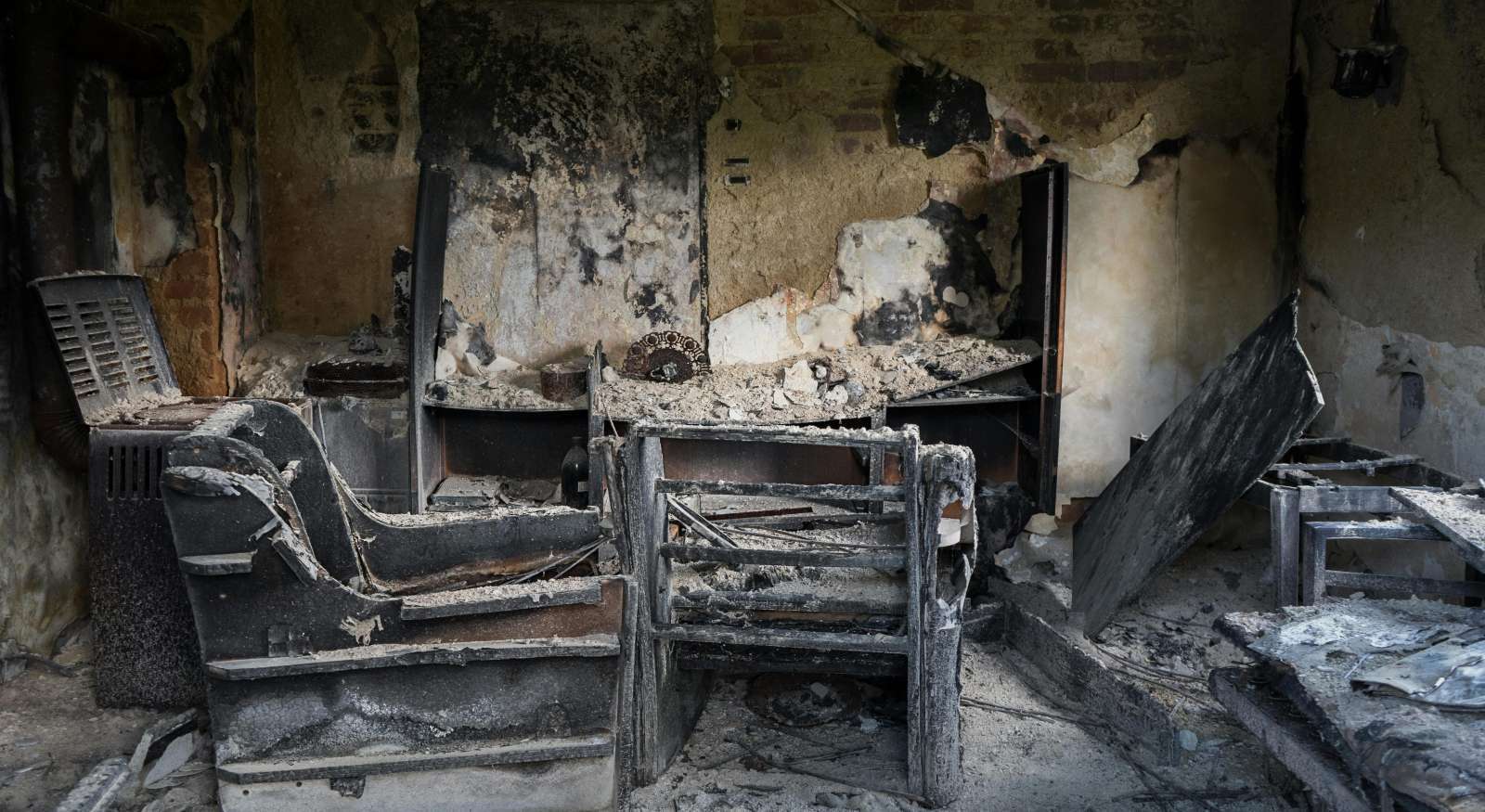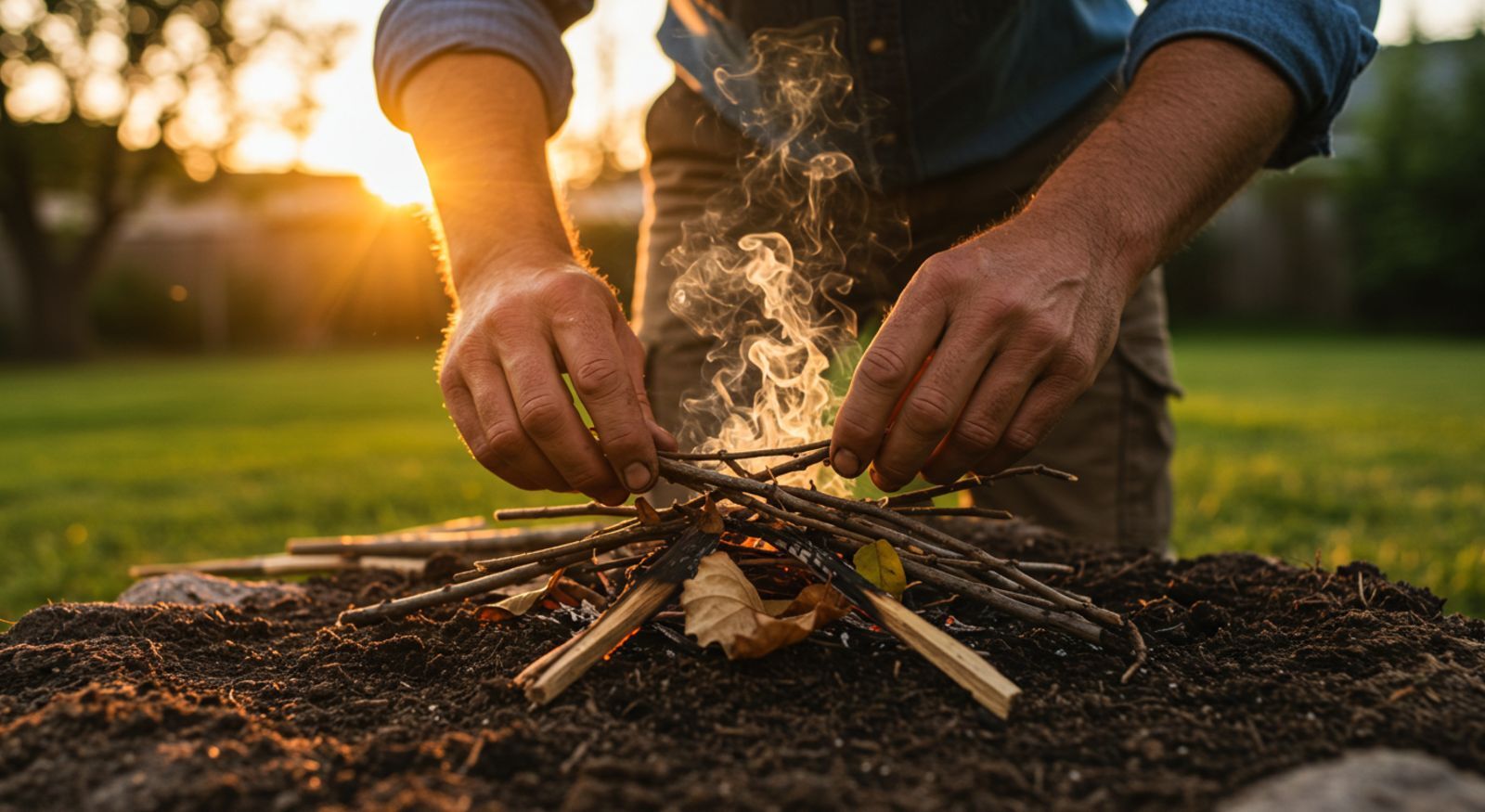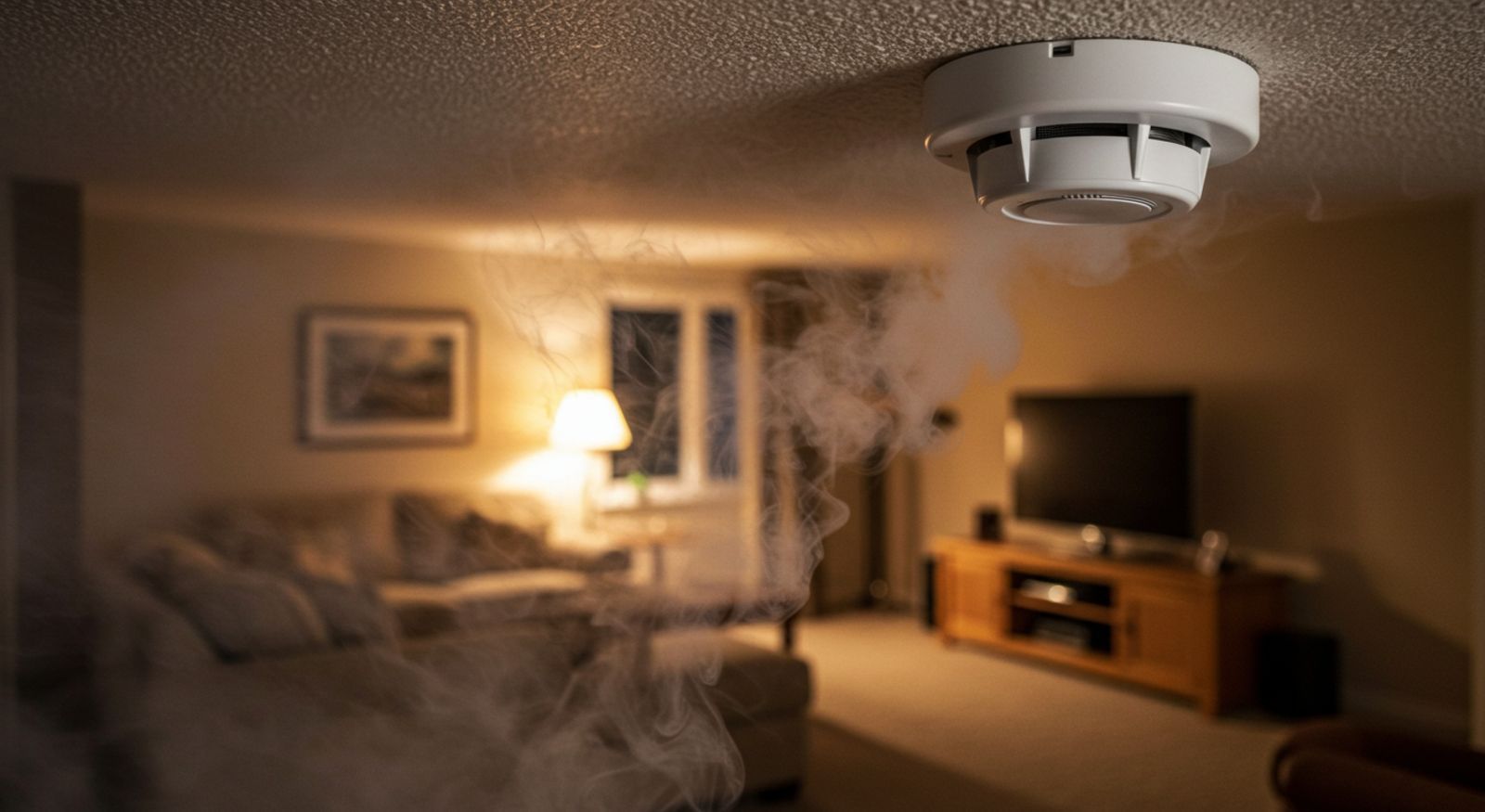Cooking fire safety: How to fry a turkey for Thanksgiving
October 2nd, 2024
5 min read

Turkey dinners are a long-standing tradition on Thanksgiving. However, this bird is not precisely known for being the most juicy. Most modern recipes deal with this by incorporating brining into the preparation or broth. Another popular method of cooking is deep frying. While this option has advantages, like crispier skin and sealing off the flavor, do you know how to do it safely?
As an experienced IICRC-certified firm, we know the destruction an uncontrolled fire can cause in a house. Having seen hundreds of cases in our over 50 years of combined experience, we can confirm that cooking fires cause most incidents. We believe the best way to fight them is by teaching you how to prevent a disaster.
We think it's a great idea to discuss the recommendations from reputable organizations when frying a turkey, all the safety tips, and what to do if there is a fire. So, let's get this learning adventure going so you can enjoy a delicious Thanksgiving meal safely!
Before frying a turkey: Follow these safety tips
Thanksgiving is around the corner, and with it comes the expected visits: family and friends ready to enjoy a meal together. But, if you don't take precautions, an unexpected guest can ruin your plans in the form of an uncontrolled fire. Here are some safety tips so you can enjoy this holiday:
1. Always fry outside for extra safety
You should use a turkey fryer outdoors on flat, level ground away from home. This includes avoiding wooden decks, trees, or other flammable objects. You should never attempt to fry a turkey inside your home, garage, or enclosed space. You can see the danger if a fire breaks out in a video from the NFPA:
2. Use a high-quality fryer
When picking up a turkey fryer, always go for quality, as cheap can be very costly in the long term. A sturdy turkey fryer should be able to hold at least 18 pounds of turkey and have a stable base to prevent tipping over. If you can't decide which one is for you, the food site allrecipes.com presented their top picks after testing 27 different turkey fryers.
3. Maintain a children-free safe zone
Whenever you cook, you should always create an area out of the reach of children. Three feet from the turkey fryer should be enough to avoid significant dangers. If you want to be extra sure, just keep the kids inside for frying.
4. Keep a fire extinguisher nearby
You never know what could go wrong, so you should have a class-B fire extinguisher for grease fires. Also, remember never to try to extinguish a fire with water. You will splash the hot oil everywhere and spread the flames.
5. Wear protective gear
The hot temperatures of the turkey fryer and the burning oil can put your safety at risk if you don't use the appropriate equipment. Grease can splatter and burn you, so wear heavy-duty oven mitts or gloves, long sleeves, and eye protection.
6. Use oil with a high smoke point
We recommend using an oil with a high smoke point, like peanut oil (with a smoke point of 450°F). This makes it less likely to burn. Other viable oil alternatives are canola or vegetable oil with smoke points above 400°F.
The preparation and the frying process
Now that you have taken all the necessary precautions, it's time for us to get to the meat of the issue–or the turkey, in this case. Here is what you should do to properly–and safely–fry your turkey:
Step 1: Select and prepare your turkey
Frying large turkeys can be challenging, as they may not cook evenly and could cause oil overflow, creating a fire hazard. A turkey weighing 12 to 15 pounds is more manageable, or you can fry individual parts like breasts, wings, or legs.
If the turkey is fresh, the USDA recommends refrigerating it at 40°F and cooking within 1 to 2 days. For a frozen turkey, thawing in the refrigerator takes around 4 to 5 pounds per day (a 12-pound turkey takes 2.5 to 3 days). For a quicker method, submerge the turkey in cold water, changing the water every 30 minutes. This makes it 30 minutes per pound for thawing, and for a 12-pounder, that would make it around 6 hours.
Step 2: Measure the amount of oil in the fryer
One of the main reasons for grease fires is overflowing oil. Simply take your fresh or unfrozen turkey and put it in the container to avoid this. Then, fill the container with water and cover the turkey by 1 to 2 inches. Remove the turkey and note the water level—this is how much oil you need to fry your turkey safely. Drain the water and dry the pot entirely before adding oil.
Step 3: Set up your frying station
Put your fryer on flat ground outdoors and away from buildings, children, and flammable materials. This last one includes the propane tank you will use. Ensure you have your protective equipment and all the necessary tools, like a meat thermometer, lifting hook, and long-handled tongs.
Step 4: Heat the oil
After filling your pot with oil until the mark, heat it to 350°F. Use a thermometer to ensure the temperature is adequate.
Step 5: Get your turkey ready
While the oil is heating, dry your turkey thoroughly with paper towels to remove any moisture. While you can season your turkey as desired, avoid injecting or basting the bird in water-based marinades immediately before frying. This will prevent splattering when you submerge the turkey.
Step 6: Fry your turkey
Having followed the previous steps, it is time for the main act. To prevent flare-ups, turn off the burner before placing the turkey. With the oil at 350°F, slowly lower the turkey into the container using the lifting hook or basket included with your turkey fryer. Turn the burner back on once the turkey is safely in the pot. The turkey should cook for 3 to 4 minutes per pound. For a 12 pounder, this will take between 36 to 48 minutes. Ensure the oil temperature stays at 350°F, adjusting the burner as necessary. Remember never to leave the oil unattended.
Step 7: Check for doneness
When you have reached the estimated cooking time for your turkey's size, it is time to check its inner temperature. To do this, first turn off the burner. Then, remove the turkey from the oil and drain the oil from the cavity. With a food thermometer, check that the internal temperature reaches a minimum of 165°F in the innermost part of the thigh and wing and the thickest part of the breast. If the turkey has not reached this temperature in all three places, return it to the container, turn on the burner, and cook for a few more minutes.
Step 8: Let your fried turkey rest
Once the turkey's internal temperature reaches 165°F, place it on a tray with paper towels. After the oil is dry, let it rest for about 20 minutes before carving so the juices can set. In the meantime, you can put the dinner plates and side dishes together and, finally, enjoy a delicious meal with your loved ones!
Step 9: Aftercare and cleanup
Now that you have fried your turkey, all that's left is to clean up. Let the oil cool down for a few hours, and once that's done, strain it to remove any food particles and store it in a sealed container in a cool, dark place. Should you want to dispose of it, you can take this container to your local recycling center or follow local disposal guidelines.
Turkey frying: The Do's and Don'ts during a fire
So the unthinkable has happened, and now you are dealing with a grease fire from the turkey fryer. To avoid creating a more significant problem, here is what you should and shouldn't do in this case:
What NOT to do
- Do not panic. Remaining calm is the key to acting fast and smart.
- Do not attempt to put out the fire with water. This will only cause the oil to splash and expand the fire around the space.
- Do not try to move the container or the turkey. The extreme heat will make it difficult to maneuver, making it likely to fall and further spread the flames.
What to do
- Alert others of the fire
- Use a class K fire extinguisher if the fire has not spread outside the container.
- Follow the PASS method to use the extinguisher:
- Pull the pin.
- Aim at the base of the fire.
- Squeeze the top handle or lever.
- Sweep from side to side
- If the fire spreads to the house or has grown incontrollable, evacuate immediately.
- Once you are outside, call 911.
Deep-frying a turkey can be a tasty and exciting new Thanksgiving tradition for you and your family, provided you plan and take the appropriate safety precautions we have taught you in this article. By following these steps, we at Restore-It are sure you can enjoy a Thanksgiving dinner to remember.
Now that you know how to fry a turkey appropriately, perhaps you are still worried about what to do if something goes wrong with the side dishes. If that is the case, we have the perfect article for you. In it, we teach you all about how to act when there is a fire in your kitchen.
Topics:




















